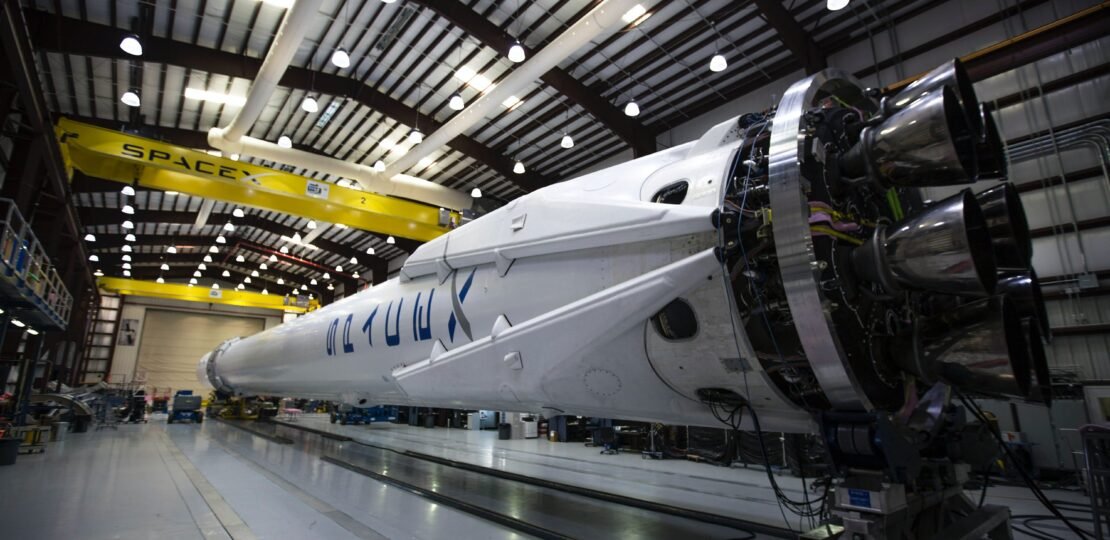Why are the air brakes for SpaceX rockets porous? (The AB appears to be mostly open space with a metal lattice structure
December 11, 2023 | by amiradmin

Introduction:
In the realm of aerospace engineering, innovation is the key to pushing the boundaries of what is possible. One of the distinctive features of SpaceX rockets that has captured the curiosity of enthusiasts and experts alike is the peculiar design of their air brakes. Unlike traditional solid surfaces, the air brakes on SpaceX rockets sport a mostly open structure with a metal lattice. This seemingly counterintuitive design prompts the question: Why are the air brakes for SpaceX rockets porous?
The Function of Air Brakes in Rocketry:
Before delving into the intricacies of the porous design, it’s essential to understand the primary function of air brakes on rockets. Air brakes serve as a crucial component during re-entry into Earth’s atmosphere. As a rocket descends from space, it encounters intense friction and heat generated by atmospheric resistance. Effective air brakes help manage this heat by increasing surface area, slowing down the descent, and allowing for a controlled re-entry.
Porous Precision: A Unique Approach:
SpaceX’s decision to adopt a porous design for their air brakes is a testament to their commitment to innovation and efficiency. The lattice structure, which appears as mostly open space, is carefully engineered to serve multiple purposes.
- Heat Dissipation:
The porous nature of the air brakes allows for efficient heat dissipation during re-entry. As the rocket plunges through the atmosphere, the lattice structure facilitates the rapid dispersal of heat, preventing excessive temperature buildup and potential damage to the spacecraft. - Weight Reduction:
Traditional solid surfaces can be heavy, affecting the overall weight and performance of the rocket. The metal lattice structure of SpaceX’s air brakes provides the necessary structural integrity while minimizing weight. This weight reduction is critical for enhancing fuel efficiency and payload capacity. - Aerodynamic Control:
The open design of the air brakes also contributes to better aerodynamic control. The lattice structure allows air to pass through, reducing the drag force on the descending rocket. This controlled descent is essential for a safe and precise landing. - Reusability:
SpaceX’s focus on reusable rocket technology is well-known. The porous air brake design aligns with this vision by ensuring durability and resilience during multiple re-entry and landing cycles. The lattice structure can withstand the stresses of re-entry without compromising its functionality.
Conclusion:
The porous design of SpaceX rocket air brakes exemplifies the innovative thinking that has become synonymous with the company’s approach to space exploration. By incorporating a metal lattice structure, SpaceX has managed to address multiple challenges associated with re-entry, including heat dissipation, weight considerations, aerodynamic control, and reusability. As the aerospace industry continues to evolve, the unique features of SpaceX’s air brakes stand as a testament to the importance of pushing the boundaries of conventional design in the pursuit of safer, more efficient, and sustainable space travel.
RELATED POSTS
View all



